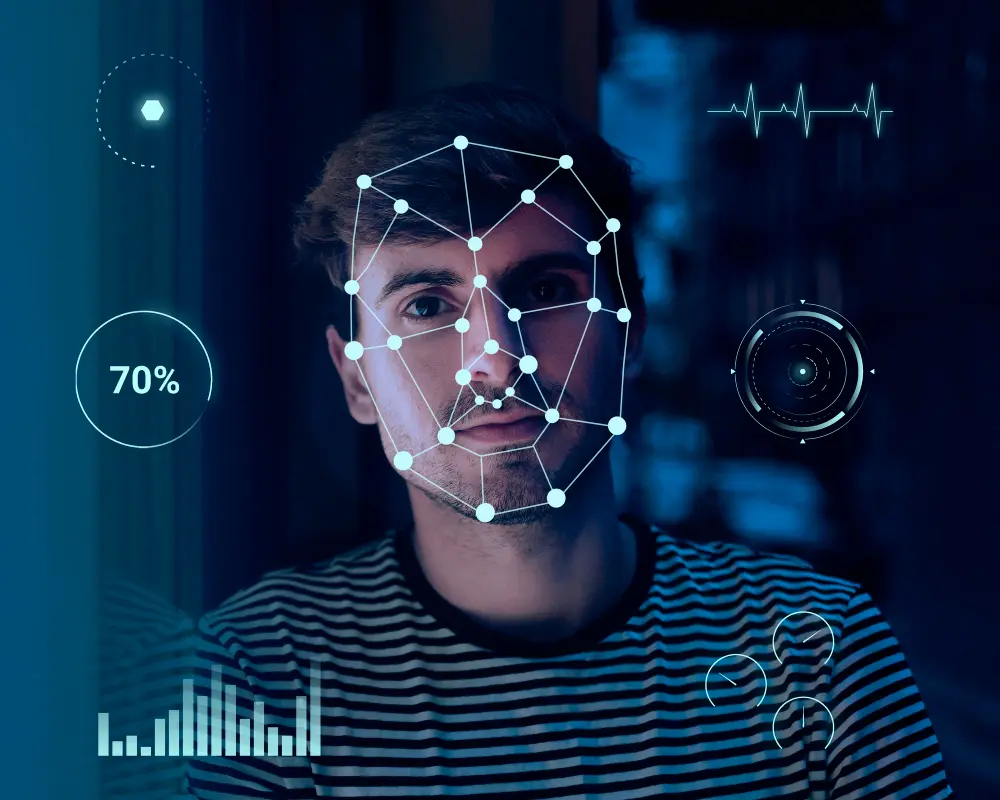The rise of deepfakes, AI-generated media capable of manipulating images, videos, and audio, has created an urgent need for advanced detection technologies. These synthetic media, often hyper-realistic, pose significant threats, including the spread of misinformation, fraud, and privacy violations. As deepfake technology evolves, detection methods must constantly adapt to keep pace with the techniques used by malicious actors.
Emerging Technologies in Deepfake Detection
Several advanced technologies are emerging to combat deepfakes:
-
AI and Machine Learning: Artificial intelligence (AI) and machine learning (ML) are at the forefront of deepfake detection. AI algorithms can learn to identify subtle patterns and anomalies indicative of deepfakes by training on vast datasets of both real and synthetic media. As these technologies advance, they enable more accurate and efficient detection. Specific techniques include Convolutional Neural Networks (CNNs), Recurrent Neural Networks (RNNs), and Long Short-Term Memory (LSTM) networks.
-
Multi-Modal Detection: The latest deepfakes manipulate video, audio, and text, necessitating multi-modal detection methods. These methods analyze various media types to identify inconsistencies and verify authenticity. New software analyzes subtle vocal characteristics, background noise, and speech patterns in combination with available video.
-
Blockchain Technology: Blockchain offers a promising avenue for combating deepfakes through decentralized content verification. By creating immutable records of original media and tracking its provenance, blockchain solutions can help establish content authenticity and prevent tampering. Decentralized networks enable collaborative detection efforts, allowing multiple parties to contribute to and benefit from shared knowledge.
-
Provenance-Based Detection: This method examines the metadata of content, looking for information like timestamps, editing history, and GPS coordinates. Inconsistencies within this metadata can point to potential AI manipulation. Watermarking digital content, meaning any content created or altered with AI would carry a metadata stamp, is also being proposed.
-
Inference-Based Detection: Inference methods focus on detecting subtle artifacts or inconsistencies within content that are indicative of manipulation or synthetic generation. This includes visual artifacts, unnatural voice patterns in audio recordings, unusual body movements, and distortions in facial expressions.
-
Real-time Detection: There is a need for advanced systems that can detect deepfakes quickly and efficiently in live streams and large volumes of content. Detection system developers must develop algorithms and infrastructure capable of this speed and scale. Some platforms integrate with video conferencing tools like Zoom, Teams, Meet, and Webex to provide real-time alerts and security dashboards.
-
Behavioral Analysis: Context-based behavioral analysis is also helpful in deepfake detection. AI-based liveness detection algorithms aim to confirm the presence or absence of a human in a digital interaction by looking for oddities in a subject's movements and background.
-
Spectral Artifact Analysis: Deepfake algorithms often produce voice-like sounds at pitches and with pitch transitions impossible for human voices. Spectral artifact analysis identifies these unnatural artifacts.
Challenges and Limitations
Despite the progress made, significant challenges remain:
- Evolving Technology: Deepfake technology is rapidly evolving, requiring constant adaptation of detection methods. As deepfakes grow more convincing, detection must focus on meaning and context rather than appearance alone.
- False Positives: False positives, where authentic media is incorrectly flagged as a deepfake, can lead to confusion and mistrust.
- Real-World Reliability: A recent study found that many leading detectors could not reliably identify real-world deepfakes, highlighting vulnerabilities in existing detection tools.
- Person-to-Person Interactions: While deepfake detection technology best supports routine, predictable, transaction-based interactions, ad hoc person-to-person exchanges remain particularly vulnerable to fraud.
The Future of Deepfake Detection
The race between deepfake generation and detection will continue. Future detection models should integrate audio, text, images, and metadata for more reliable results and incorporate diverse datasets, synthetic data, and contextual analysis. As AI advances, autonomous narrative attack detection systems may emerge, continuously monitoring media streams and adapting to new deepfake techniques with minimal human intervention. To deal with the escalating deepfake threat, prioritizing integrated, next-generation detection software and verification methods to safeguard operations and trust is essential.

















